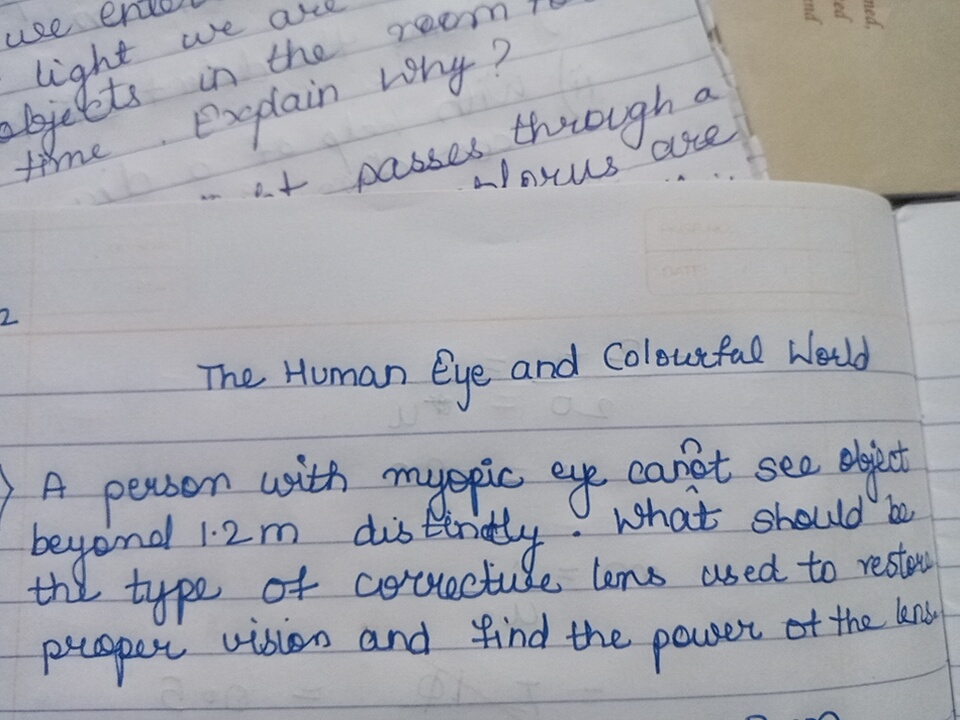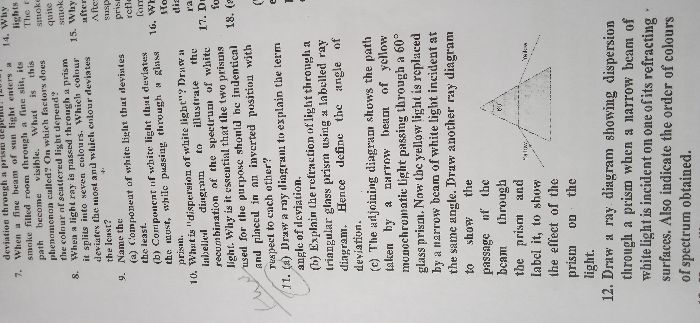CBSE Class 10 Answered
why can"t we distinguish colours in dim light?
Asked by Rochika | 24 Mar, 2009, 11:41: AM
Cells sensitive to light cover the inner eye. The human eye has two types of these photoreceptor cells, rods and cones . Cones, located in the fovea, respond to bright light and color. Pigments vary in the cones making different cones sensitive to the varying wavelengths of light. Rods are abundant in the retina and are sensitive to dim light. Rods also detect changes in the intensity of light across the field of vision and thus aid in the perception of movement. Rods cannot distinguish color while cones are insensitive in dim light. This is why it is difficult to see colors in dimly lit rooms.
Answered by | 24 Mar, 2009, 11:48: AM
Application Videos
Concept Videos
CBSE 10 - Physics
Asked by saritavishwakarma1986 | 04 Jan, 2024, 12:23: PM
CBSE 10 - Physics
Asked by udaykuna006 | 16 Jul, 2023, 07:20: PM
CBSE 10 - Physics
Asked by bhu.joshi54 | 08 Aug, 2022, 07:36: PM
CBSE 10 - Physics
Asked by sunnysuketu | 26 May, 2022, 08:33: PM
CBSE 10 - Physics
Asked by sunnysuketu | 26 May, 2022, 08:33: PM
CBSE 10 - Physics
Asked by abhishekuppala598 | 06 Feb, 2022, 09:30: PM
CBSE 10 - Physics
Asked by Ankit9142110345 | 20 May, 2021, 09:58: PM
CBSE 10 - Physics
Asked by drishtidixitb | 13 Mar, 2021, 02:31: PM













